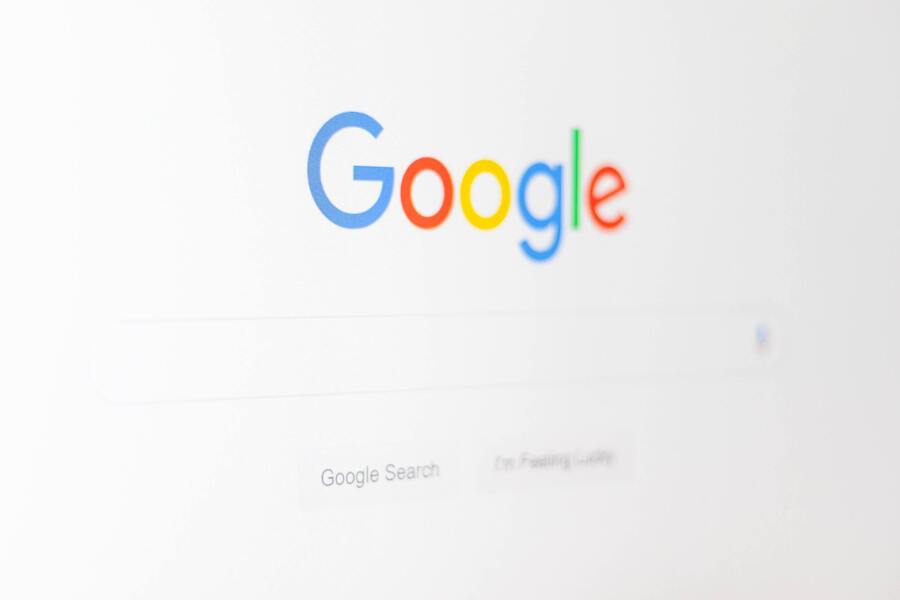Oftentimes, when we discuss website user experience, we think about improvements to loading speeds, better navigation, better formatting, easier mobile access, etc. But, what is often overlooked is the accessibility side of website UX.
What does this mean? It means that, in our pursuit of impeccable UX, we are actually ignoring the people that benefit from UX improvements the most - people with disabilities.
There are many disabilities that would render one unable to interact with your website. Blindness is the first thing that comes to mind.
Around 3.37% of men of all ages and 3.77% of all women worldwide suffer from medium to severe vision impairment. That is to say, these people suffer from conditions that aren’t correctible with simple lenses, or aren’t correctible at all.
Second, you might think of people with dyslexia. It is estimated that over 40 million Americans are dyslexic to some degree, but only 2 million have been diagnosed. This means that there are potentially millions of people that would like to interact with your website, but can’t, because of their impediment.
Thirdly, there are people with hearing impairments. Such people will have trouble engaging with video, or audio content, and they need to be accommodated as well.
And these are just the three most common impediments we think of. There are a range of other physical (loss of use of limbs) and cognitive (ADHD) disabilities that people live with every day, and they want to enjoy the wonders of the internet as much as anyone else.
But, catering to these people seems like a monumental task, and one that would require a website dedicated to people with disabilities. Well, we’re here to tell you that is not entirely true - there are ways you can use your standard SEO practices to improve your website’s accessibility, and here’s how you can do it.
Title Tags
Title tag optimization is pretty much the first thing you do when taking care of your SEO. A good title tag can entice a visitor to come to your website instead of going to a competitor’s, and it is just as important for attracting the attention of people with disabilities as it is for the rest of us.
From an SEO perspective, clean and optimized title tags are good for first impressions and indexing. A good title tag immediately signals to both the search engine and the person browsing the web what can be found on your website and each individual page.
From a disability perspective, it is extremely useful for people that rely on screen readers, or persons using voice-assisted navigation.
For those using screen readers, these people might have impaired vision, and rely on your website title tags being short, readable, and to the point in order to understand the content of your website.
For people using voice-assisted navigation, they might be unable to use a mouse due to a physical disability, and they need you to have a simple title tag that their voice assistant can easily pick up and understand.
This bit about voice assist also ties in well with SEO. Modern trends dictate a rise in voice search popularity. More than 128 million people are using voice search more intensely, and almost a half of those are mobile users. Since mobile is becoming a preferred way to browse, not optimizing your website for anything mobile-related is certain to hurt you in the long run.
Headers
When it comes to navigation and indexing, the headers on your website will prove absolutely vital.
You’ve probably encountered these websites - their headers are all over the place, so the entire thing looks like a hastily-assembled college kid’s notebook, rather than a professional-looking, well-structured website.
Good website design dictates that no piece of information should be more than three clicks away from the title page. And this is where good header hierarchy will help you create a clean, easily-navigable structure that your visitors will greatly appreciate.
But, good structure goes further than just user satisfaction; it also allows Google’s web crawlers to index your website better.
By indexing it, the engine gains a better understanding of the contents of your website, and can, in the future, better present pages from your website to relevant queries.
The same sentiments apply to accessibility. Again, using voice assist and screen reading as an example, you are much less likely to frustrate those people with a poor header hierarchy, leading to terrible website composition, than you are with a clean and easy-to-navigate structure.
Finally, headers are a vital component of featured snippets, aka position zero. Position zero is highly-coveted, as it is placed before all other organic search results and is a great way to gain exposure for one’s website, thus increasing its authority.
It is also the first thing read by voice assistants like Alexa, and similar screen reading technology, thereby making it invaluable for the visually impaired.
Alt Text
Proper alt text for pictures is an extremely useful SEO technique for image indexing. Since computers can’t exactly “see” pictures or videos, they rely on alt text in order to understand what the picture portrays.
By entering a short but descriptive alt text, you’re allowing Google’s web crawlers to better understand and then catalog your content. If your images are relevant to the query, then they will appear in organic search along with your website.
The same thing applies to people with visual impairments. As they cannot see your photos, they’ll rely on screen readers to describe them.
Of course, if your images don’t have descriptive alt text, then your visitor won’t be able to fully enjoy your carefully selected images like a non-visually impaired person would.
Video Transcripts
Just like images, the AI can’t “see” videos either. This makes indexing such content that much harder, especially when you consider the importance of video in today’s content marketing, and the fact that 54% of people would like to see more video content from their favorite brands, according to Hubspot.
This is why most SEO experts advocate providing transcripts for your video content. Just like alt text, a transcript provides context to the browser, allowing it to rate its relevancy and determine its position in the SERPs.
When it comes to accessibility, it goes without saying that a video transcript is invaluable to the blind, as their screen reading software is going to read it out for them, so they can, essentially, “watch” the video like the rest of us.
A transcript is very valuable to the deaf community. If your video doesn’t have subtitles, or if the subtitles aren’t available in your desired language, then writing a transcript is of great help to those with impaired hearing. It allows them to watch the video, and combine it with the transcript to gain the full picture.
Video transcripts also have another, more situational, use as well. They can be very useful for people that can’t play audio at a certain moment, either due to not wanting to create a disturbance, or if their audio equipment fails.
With a transcript, they can peruse its content just as if they were watching it.
Finally, transcripts can be useful to people with photo-sensitive epilepsy. If your video contains flashing, bright lights, you may not want to show it to people with this condition. Instead, you can provide a transcript so they can enjoy your content without endangering themselves.
Schema Markups
One of the most powerful SEO practices is creating schema markups. Schema markups are not too dissimilar to meta descriptions, but are much more detailed and allow you to display more information within such a confined space.
Schema markups are used when a website wants to display more complex information than just a general description of their webpage.
A schema markup can include things like ratings, curated snippets taken from reviews and testimonials, product prices, and/or product/service descriptions.
However, schema markups require a bit of coding knowledge to implement successfully. If you’re not a tech wiz, you can always hire an agency to take care of your SEO for you.
Choosing the right SEO agency can make or break your website, but most will be familiar with this technology, so don’t be afraid to ask them for help.
All this allows you to make your website more transparent and more readable for the browser engine. In turn, Google will value your website more highly, as now it can use it as a direct and relevant answer to a query.
In terms of accessibility, again, this is extremely useful for screen reading technology. It allows a disabled person to browse your website without having to essentially browse it, as they can glean all the information they need without having to navigate the website.
Schema markups are also highly popular with people who cannot use their input devices due to injury or loss of their digits and upper limbs. Since they use voice assistants, site navigation can be daunting and difficult for them, so a schema markup is often very widely appreciated.
Conclusion
And there you have it - SEO can not only be compatible with accessibility, but we’ve proven a direct correlation between the two.
So, the next time you sit down to create a website, or optimize your existing one, try to include accessibility considerations in your plans, as they can have a direct, positive influence on your SEO.
Author’s Bio
Christopher is a Digital Marketing specialist, Project Manager and Editor at Find Digital Agency and a passionate blogger. He is a devoted and experienced author who loves to pay attention to quality research and details. Focused on fresh digital insights and voice distribution across different channels, he starts the day scrolling digest on digital trends while sipping a cup of coffee. In his free time Christopher plays drums and Magic: the Gathering.








